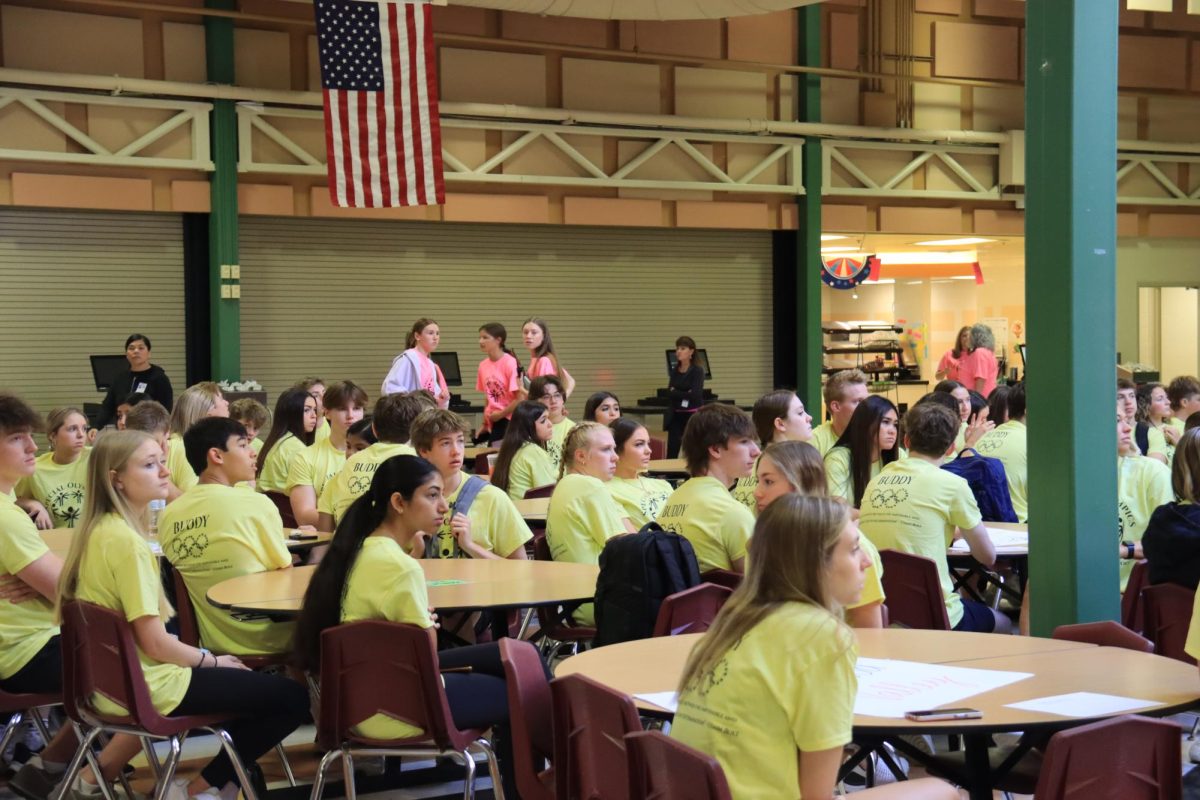As institutions for higher education are expected to face a drop in enrollment in the coming years, tuition-based institutions such as Baldwin Wallace University could see impactful declines in revenue, adding another hurdle to an already established budget deficit.
While BW avoided the enrollment crisis of COVID-19, beating out other local institutions in enrollment numbers, this enrollment cliff is expected to impact the Midwest at higher rates than the rest of the United States.
Research conducted by Carleton College reports a 15 percent decline in college going students forecasted from 2012-2029.
While BW is currently working with Ernst & Young Parthenon, a hired consulting company, that will provide a plan for the university to dig itself out of the deficit, Dan Karp, assistant vice president and director of University Relations, said that the enrollment cliff is part of their considerations.
Karp said that maintaining a top-notch student experience is their goal. Christy Walkuski, associate professor of education, who teaches courses on finance in higher education, said that for institutions such as BW, there is a financial risk involved in cutting services, potentially leading to declining enrollment.
“There’s a risk with any direction you take,” Walkuski said. “I mean obviously there’s going to be cuts. There’s going to be mergers and consolidations to build efficiencies, but if you start to do that at the cost of the student experience, your payoff is not going to be great.”
Walkuski said BW is considered a tuition-driven institution, citing evidence from the National Center for Education Statistics, which reported in 2021 that 41 percent of BW’s revenue was tuition-based.
Scott Schulz, the vice president for enrollment management, said there are a few factors contributing to the expected decline in college enrollment. Schulz said that predominantly, the 2008 financial crisis resulted in a plunging birth rate, with institutions of higher education soon to feel the effect.
“Now we’re going to be at about 18 years after those kids were never born, so that’s a huge factor,” Shulz said. “And if you go to a lot of different school districts and look at their high schools, their freshman classes, or their middle schools, you see the big drop off, so we know it’s coming.”
Schulz also said that following COVID-19, as wages have grown, people began reconsidering the financial gain of a college education.
“Pay rates have skyrocketed, and so certainly, it’s a consideration that many students make which is, ‘hey, I can go and make $20 an hour doing something that doesn’t require an additional investment of education,” Schulz said.
Schulz said that, similarly to every year, amidst the budget deficit, there is pressure on the Office of Admissions to grow enrollment, but that, as of now, there is not much room for growth.
“The reality is we’ve been outperforming our market. We’re number one, you can’t be a lot more than number one or higher than that,” Shulz said. “Realistically, you’re not going to grow your way out of a budget situation.”
Shulz compiled data and found that in the previous enrollment dip found in colleges and universities during the COVID – 19 pandemic, BW outperformed most surrounding institutions since 2020, recently reporting a record-breaking class size since 2015 for the Class of 2027.
Schulz said that to counter act the enrollment cliff, the university should focus on increasing recruitment efforts through community outreach with surrounding institutions.
“You’ve got to make sure that it’s a all on hands-on deck approach to recruitment,” Schulz said. “I mean, this can’t just be the admission counselors. It’s why we have a number of faculty who are incredibly engaged are out there spreading the good word.”
Walkuski said that through increasing accessibility for adult learners and figuring out the ways that BW will balance the demand for job training certificates compared to a liberal arts education, BW could take steps to maneuver around the decline in admissions.
“We don’t say we’re this direct pipeline into jobs; we’re also saying we’re going to develop you as a whole person and a well-rounded individual,” Walkuski said. “We can’t be everything to everyone, but we’ve really got to figure out what value is and what we’re providing for the students that come here.”
In terms of increasing funding through other means than admissions, such as increasing grants, Walkuski said that this is also a balancing act amidst budget cuts.
“It’s kind of this chicken and egg,” Walkuski said. “It’s like, we’re going to cut, cut, cut and people are going to feel like they’ve got more on their plate, and is that going to impact their ability to go out and be innovative and go out and get research grants? Or get grants for programs? Or things that create partnerships that are so important?”
This story was originally published on The Exponent on November 7, 2023.


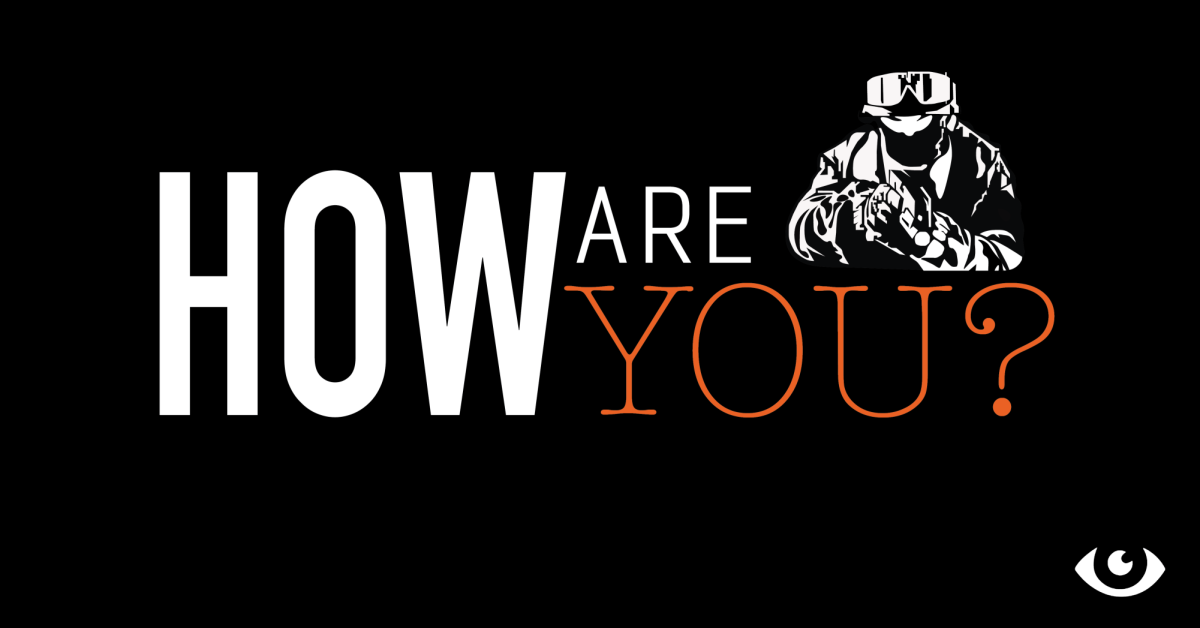


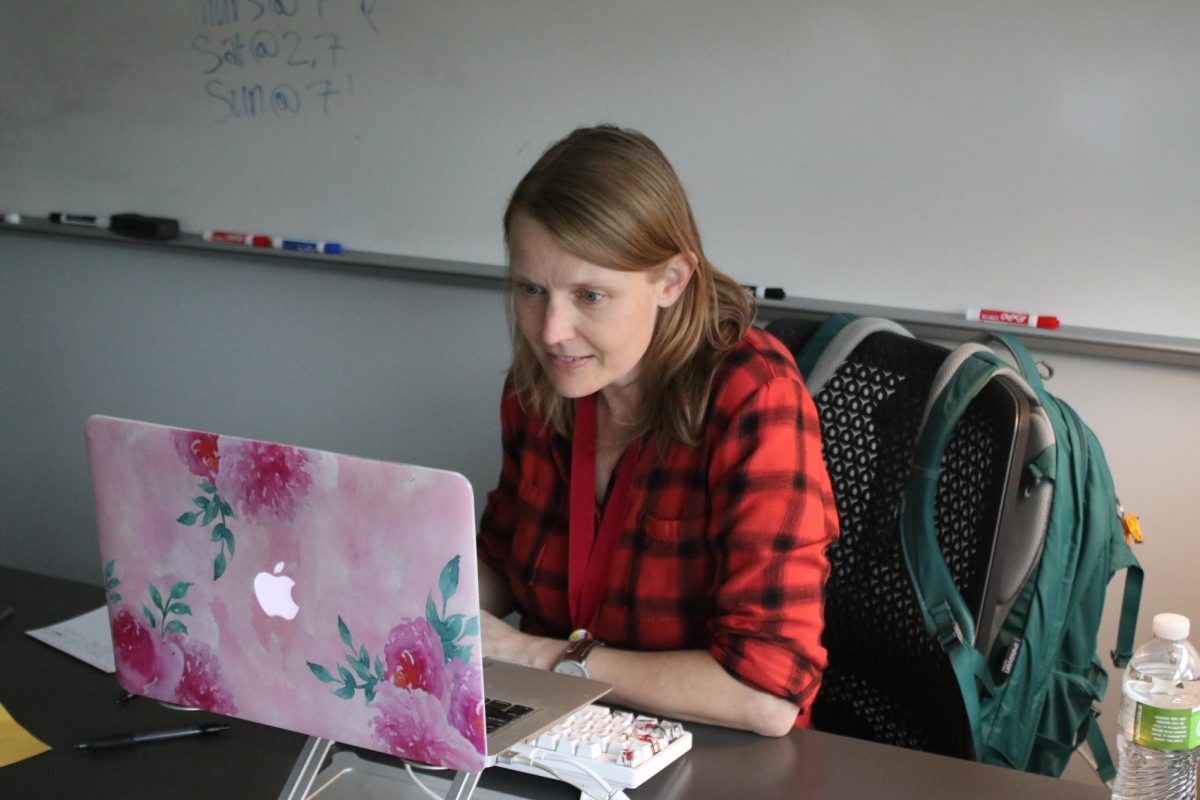




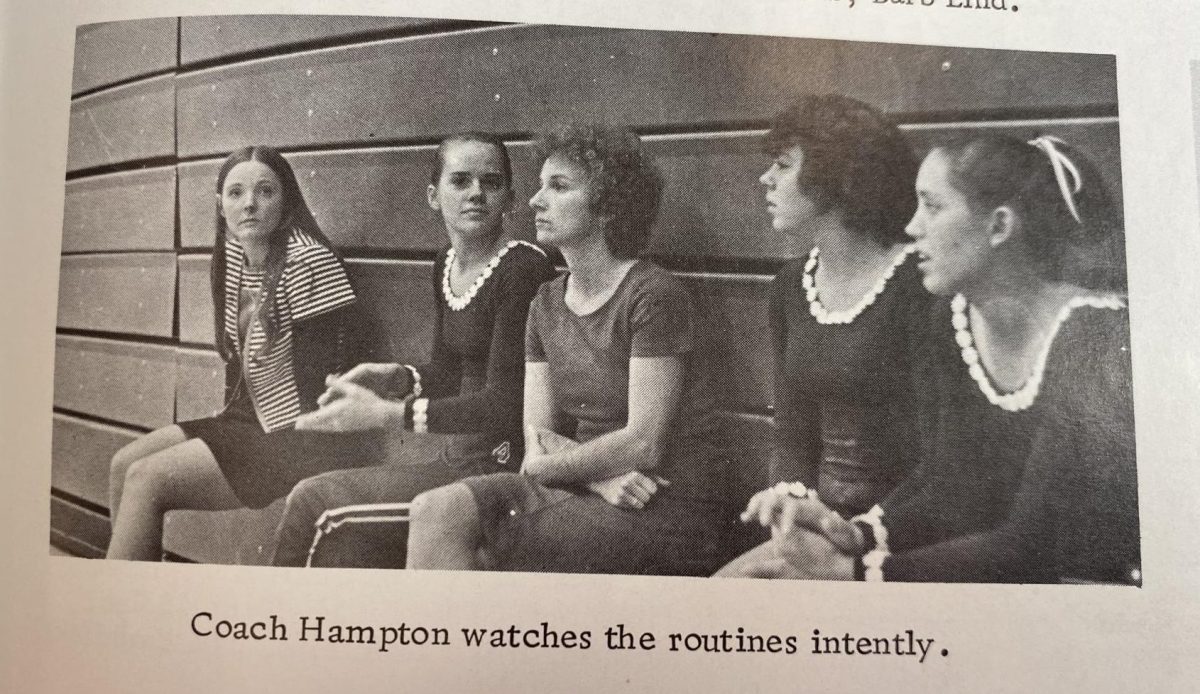


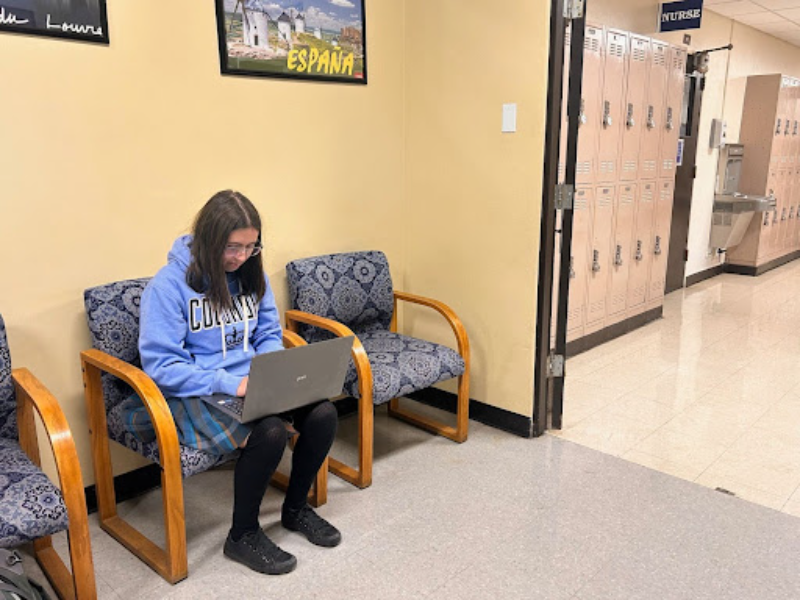







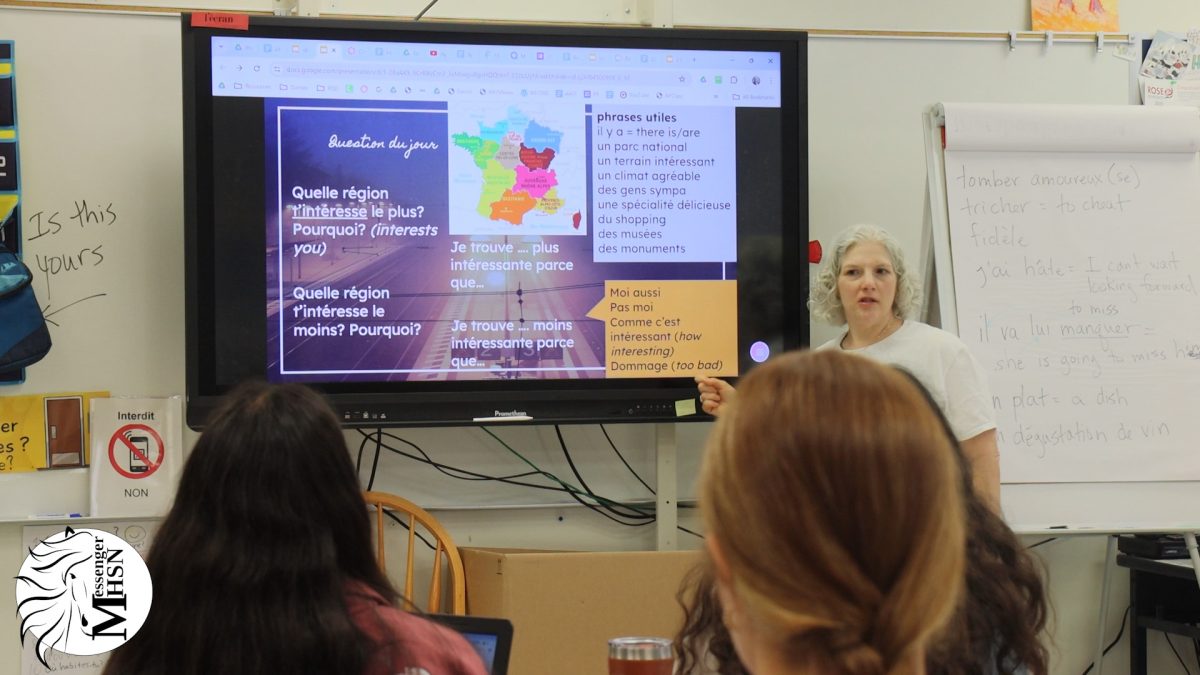









![IN THE SPOTLIGHT: Junior Zalie Mann performs “I Love to Cry at Weddings,” an ensemble piece from the fall musical Sweet Charity, to prospective students during the Fine Arts Showcase on Wednesday, Nov. 8. The showcase is a compilation of performances and demonstrations from each fine arts strand offered at McCallum. This show is put on so that prospective students can see if they are interested in joining an academy or major.
Sweet Charity originally ran the weekends of Sept. 28 and Oct. 8, but made a comeback for the Fine Arts Showcase.
“[Being at the front in the spotlight] is my favorite part of the whole dance, so I was super happy to be on stage performing and smiling at the audience,” Mann said.
Mann performed in both the musical theatre performance and dance excerpt “Ethereal,” a contemporary piece choreographed by the new dance director Terrance Carson, in the showcase. With also being a dance ambassador, Mann got to talk about what MAC dance is, her experience and answer any questions the aspiring arts majors and their parents may have.
Caption by Maya Tackett.](https://bestofsno.com/wp-content/uploads/2024/02/53321803427_47cd17fe70_o-1-1200x800.jpg)
![SPREADING THE JOY: Sophomore Chim Becker poses with sophomores Cozbi Sims and Lou Davidson while manning a table at the Hispanic Heritage treat day during lunch of Sept 28. Becker is a part of the students of color alliance, who put together the activity to raise money for their club.
“It [the stand] was really fun because McCallum has a lot of latino kids,” Becker said. “And I think it was nice that I could share the stuff that I usually just have at home with people who have never tried it before.”
Becker recognizes the importance of celebrating Hispanic heritage at Mac.
“I think its important to celebrate,” Becker said. “Because our culture is awesome and super cool, and everybody should be able to learn about other cultures of the world.”
Caption by JoJo Barnard.](https://bestofsno.com/wp-content/uploads/2024/01/53221601352_4127a81c41_o-1200x675.jpg)

